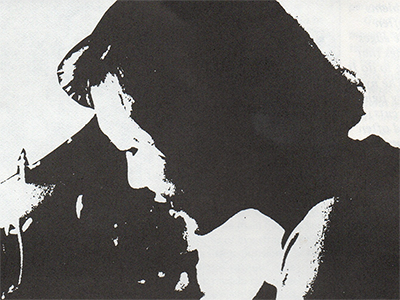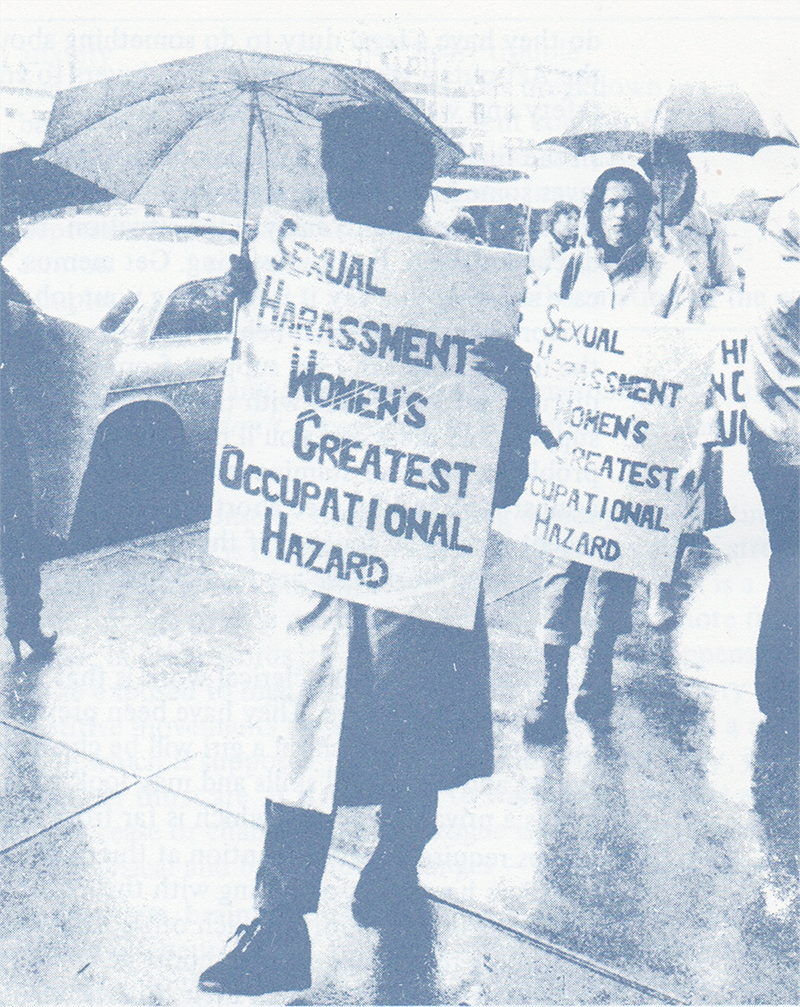




FALLOUT / falling out is a ‘cinema of work injury’. The project shares tools to view films collectively in order to mobilise discussions about bodies, injury and collective survival at work.
Each screening package contains a video bulletin, a printable transcript of the bulletin, and a poster to publicise your own screening event. Bulletins are made in collaboration with activist groups, artists and labour organisers. These bulletins are short videos that can be downloaded freely here, and used to introduce your own selection of films / videos. Work injuries under your consideration may be major or apparently minor: from environmental harm to interpersonal conflict.
Each video bulletin can be downloaded and used to create your own screenings and support your own conversations into how to organise against the harmful effects of work.
Bulletin #1



Setting up your own Screening
When setting up your own screening you could decide to share a film you have made on your job about hazards you face at work, or share an excerpt from the latest workplace TV drama? For suggestions to some of the occupational safety films FALLOUT / falling out has been informed by please follow this link.
Accessibility
Through the project we have become increasingly aware of the inaccessibility of both cultural spaces and trade union organising. In response, FALLOUT / falling out engages with principles of disability justice to think through what can be done to create more equitable cultural spaces that include people of physical, psychological, sensory and cognitive difference. Following Carolyn Lazard’s definition, we consider this a ‘speculative practice’. When planning your own screening whether with friends, work colleagues, family or in your local community please find resources for practising accessibility below for useful tools in this work.
Glossary / Resources
Accessibility
“Conversations about disability often rely on the idea of accessibility as a set of particular, preset interventions, but accessibility requires great flexibility. It demands a malleable infrastructure that shifts, in real time, with the needs of the community (...) Accessibility is a promise, not a guarantee. It’s a speculative practice.” <span class="citation">Carolyn Lazard, Accessibility in the Arts: A Promise and a Practice, 2018</span>
Further resources:
- Accessibility in the Arts: A Promise and a Practice by Carolyn Lazard
- A Primer on Working With Disabled Group Members by Romily Alice Walden
- Hedva's Disability Access Rider by Johanna Hedva
- Sick Woman Theory von Johanna Hedva
- Access Docs for Artists by Leah Clements, Alice Hattrick and Lizzy Rose
Health and safety
“Health and safety is not an individual or a technical issue but a political and social one.” <span class="citation">Mark Catlin, 2022</span>
Work hazard
“It was all stuff around the electromagnetic radiation, microwave radiation, so people were beginning to think chemicals, you know, the sort of hidden way they could damage you. I think at that time [late 1970s] people were starting to broaden their definition about what a ‘work hazard’ was…<span class="citation">Jude O’Connor of the group Women and Work Hazards, 2021</span>
I think that our Women and Work Hazards group did a lot in terms of talking about hidden hazards. So we talked about stress, and we talked about RSI, repetitive strain injuries, and we talked about the stress on women, of having not just paid work but like, even today, the majority if not all the responsibility of children and running the home, and so on. So I think we did a lot to raise, um, broaden the definition of ‘work hazards.’”
Work injury
FALLOUT / falling out approaches work injury not as an isolated event in the workplace, but with an intersectional feminist lens to point to the broad, ongoing, violent and harmful structures white supremacy, heteropatriachy and racial capitalism direct across gender, race, class, disability and age.

Work injury (cause of)
“Of course, employers are the ones who hire Health and Safety people… and this dichotomy, essentially from the beginning of the last century, the issue of, y’know, why do people get hurt at work? And for employers and their allies say, you know, they’re careless or they’re stupid or they’re accident-prone. Or now they have more nuanced words that they use, they don’t use those straightforward ones… and our side, y’know, the labour side, we would say – people are hurt because of the conditions at work.” <span class="citation">Mark Catlin, 2022</span>
“Certain bodies are employed in production processes precisely because they are deemed available for injury—they are, in other words, objects of disposability, bodies whose debilitation is required in order to sustain capitalist narratives of progress.” <span class="citation">Jasbir K. Puar, The Right to Maim: Debility, Capacity, Disability, Duke University Press, 2017, p.81</span>
Contact
We are interested to hear your feedback, especially on screenings that you have organised or attended using the materials on this site. We always appreciate suggestions for films to view or include within the project. Ideas for collaborating on future bulletins with particular individuals or groups are also very welcome.